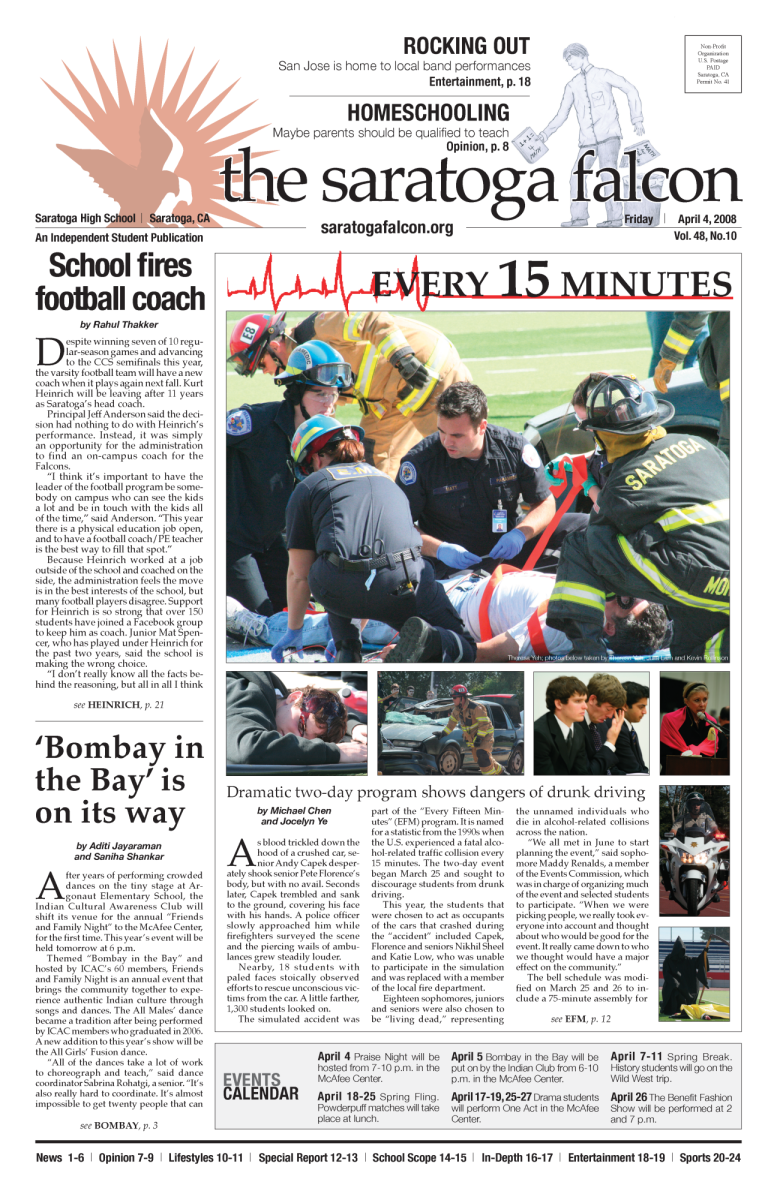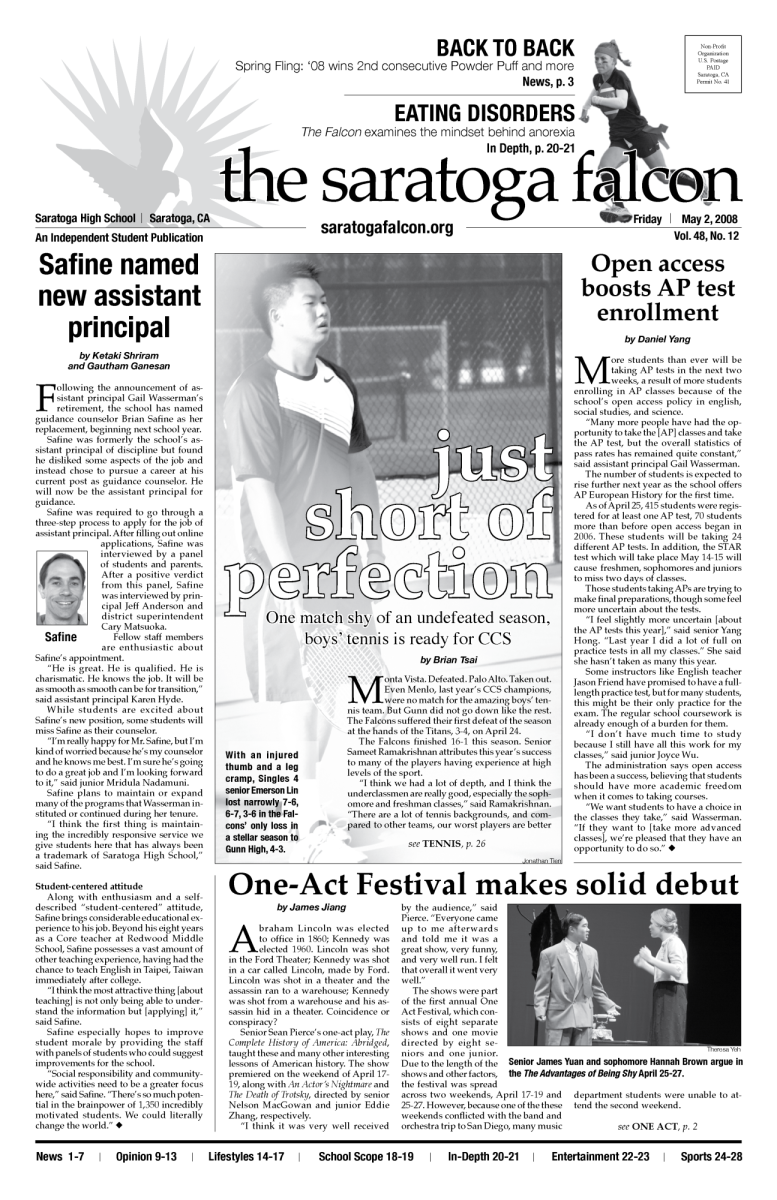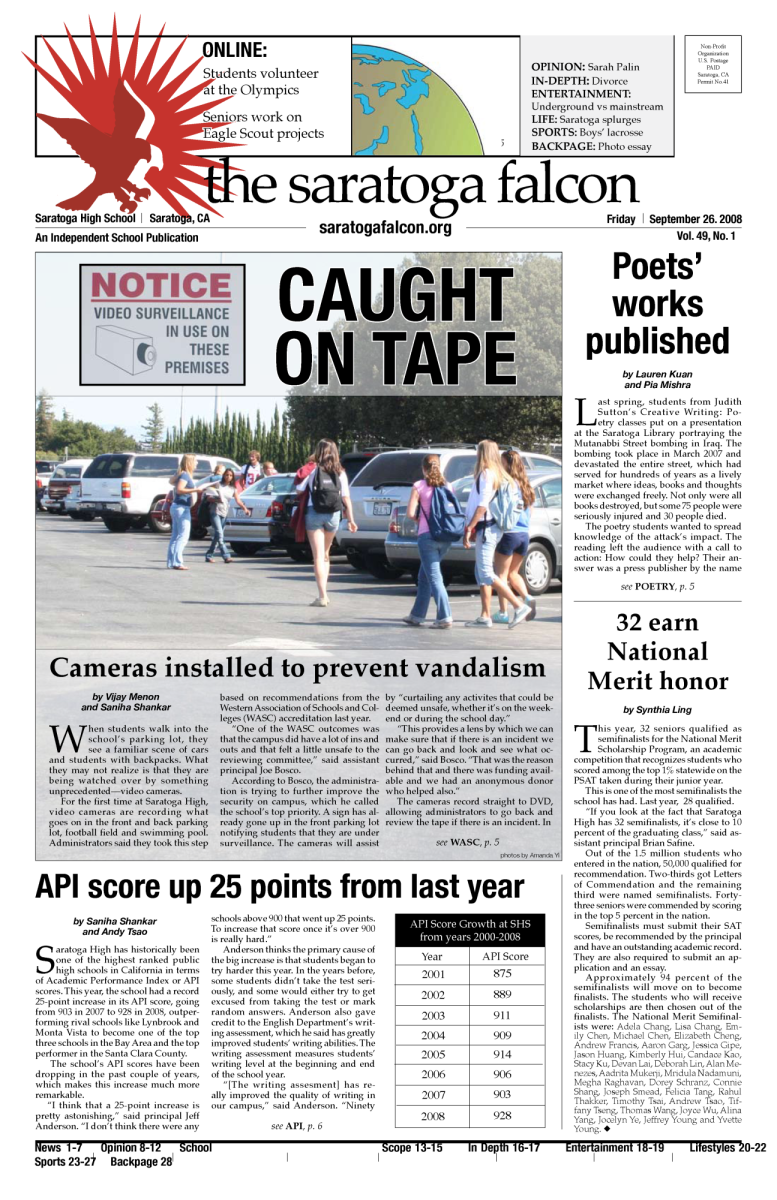Times are changing. Cable television’s monopoly on home entertainment has begun to falter against its competition — in particular, internet-based television streaming services like Netflix and Hulu.
It’s only obvious that, with more people using their phones and computers to watch videos, people would sooner or later make a full transition to these streaming services from the ever more outdated cable television.
“Cord-cutting,” a term used to describe the cutting of cable subscriptions, has been getting more prevalent as growing streaming libraries and the introduction of original content lure TV watchers away from the aging medium.
With shows like “The Crown,” “House of Cards,” “Santa Clarita Diet” and “Stranger Things” becoming immensely popular, Netflix long ago established itself as premiere content creator.
Junior Nicholas Di, whose family made the switch from from cable to Amazon Instant Video, believes that streaming services have an edge with a better variety of choices in shows, and likes how they’re connected to other apps like Spotify and Amazon Prime.
Di also sees the high cost of cable, which is on average $99 in the U.S., as a “significant factor” to the decline.
“It was inconvenient,” Di said. “We had to buy additional channels in addition to the subscription.”
Like Di, junior Tiffany Huang’s family cut their cable subscription because it was expensive.
“No one in my family watches TV,” Huang said. “My dad watches TV for 15 minutes a day, and our cable didn’t have any good channels.”
The programming choice that has kept cable alive and viable in recent years are all the sports it offers. The king of those sports has long been the ratings-drawing football games among National Football League teams like the Dallas Cowboys and New York Giants.
According to ESPN, average viewership for 2016 regular season NFL games dropped by about 8 percent across the board. Boasting an average of 17.9 million viewers per game in 2015, statistics show a sharp drop in 2016 by more than 1.4 million average viewers per game.
NFL Commissioner Roger Goodell thinks that outside factors were to blame for the seeming crack in the money bucket that the NFL reaps in every year.
Goodell stated in December 2016 to an ESPN reporter that the presidential election was one of the main reasons many traditional fans tuned out of the ball games.
However, what Goodell may not be considering is that the number of American families with cable has plunged by more than 8 percent between 2010 and 2015. Perhaps this drop in total subscriptions is finally starting to rub off on even the most powerful networks, the ones that play NFL games included.
While some people are concerned about the future of television, Di sees the trend away from cable as progress in a technology-driven society.
“I think cable is dying because cable TV has more of a traditional image,” Di said. “People always strive for greater and newer innovations.”



























